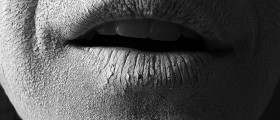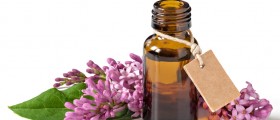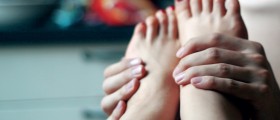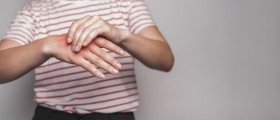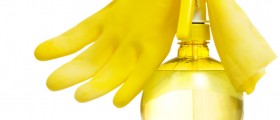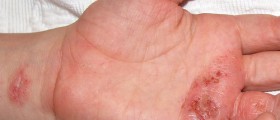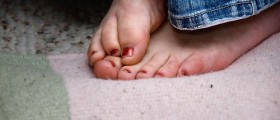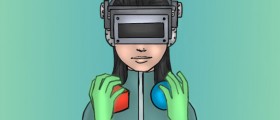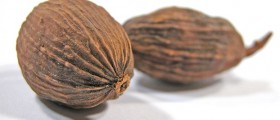Hi! I am 24 years old, suffering from itchy hand fingers and skin bubbles on palms and under toes. What is the cause of it?
Loading...
I have one bubble on my right hand, and if I press that bubble, light pain occurs. It is a floating bubble. What should I do?
Loading...
I have an air bubble on my finger from plucking my strings on my viola. How can I get rid of it fast?
Loading...
As the years go by they’ll begin to spread up the fingers, on edges of your hands and possibly up forearms. It comes in summertime for me and disappears in fall/winter. I thought it was heat blisters cuz I work blue collar jobs and out in the sun. But this year it got worse. Under the light they stick out like crazy. Yeah when there were 1 or 2 lil blisters I’d pop the shite outta them too. Lol. But 4reel I need a solution. I don’t want this to crawl all over my body during times I’m least covered. Thanks
Loading...
Health Hero
1626 posts
From your description, it sounds like you could be experiencing a condition called dyshidrotic eczema (also known as pompholyx). This condition is characterized by small, intensely itchy blisters on the hands and sometimes the feet. The exact cause of dyshidrotic eczema is unknown, but it can be triggered by various factors, including:
- Stress: Emotional stress can sometimes precede a flare-up.
- Exposure to certain substances: This includes nickel, cobalt, or other irritants.
- Fungal infections: Sometimes a fungal infection elsewhere on the body can lead to a flare-up on the hands or feet.
- Sweating: Excessive sweating or changes in humidity can sometimes trigger this condition.
- Water exposure: Prolonged exposure to water can exacerbate the condition in some people.
General care and management tips include:
- Moisturizing: Regularly apply a thick moisturizer to the affected areas. This can help prevent the skin from drying and cracking.
- Avoid irritants: This includes harsh soaps, detergents, or other potential triggers.
- Cool compresses: Applying a cool, wet cloth to the affected area can help reduce itching and discomfort.
- Topical steroids: Over-the-counter or prescription-strength corticosteroid creams or ointments can help reduce inflammation and itching. However, long-term use can have side effects and should be monitored by a doctor.
- Avoid scratching: Scratching can exacerbate the condition and lead to potential infections.
- Protect your hands: If you believe that a specific job-related exposure is triggering the condition, consider wearing protective gloves.
If you believe you have dyshidrotic eczema or another skin condition, it's essential to see a dermatologist for an accurate diagnosis and appropriate treatment. They can provide guidance tailored to your situation and may offer additional treatments or strategies to manage the condition.
- Stress: Emotional stress can sometimes precede a flare-up.
- Exposure to certain substances: This includes nickel, cobalt, or other irritants.
- Fungal infections: Sometimes a fungal infection elsewhere on the body can lead to a flare-up on the hands or feet.
- Sweating: Excessive sweating or changes in humidity can sometimes trigger this condition.
- Water exposure: Prolonged exposure to water can exacerbate the condition in some people.
General care and management tips include:
- Moisturizing: Regularly apply a thick moisturizer to the affected areas. This can help prevent the skin from drying and cracking.
- Avoid irritants: This includes harsh soaps, detergents, or other potential triggers.
- Cool compresses: Applying a cool, wet cloth to the affected area can help reduce itching and discomfort.
- Topical steroids: Over-the-counter or prescription-strength corticosteroid creams or ointments can help reduce inflammation and itching. However, long-term use can have side effects and should be monitored by a doctor.
- Avoid scratching: Scratching can exacerbate the condition and lead to potential infections.
- Protect your hands: If you believe that a specific job-related exposure is triggering the condition, consider wearing protective gloves.
If you believe you have dyshidrotic eczema or another skin condition, it's essential to see a dermatologist for an accurate diagnosis and appropriate treatment. They can provide guidance tailored to your situation and may offer additional treatments or strategies to manage the condition.
Loading...



